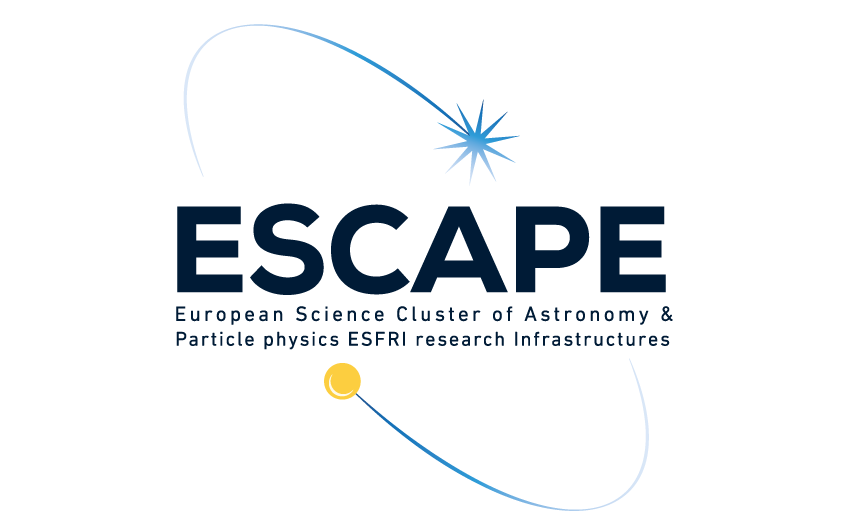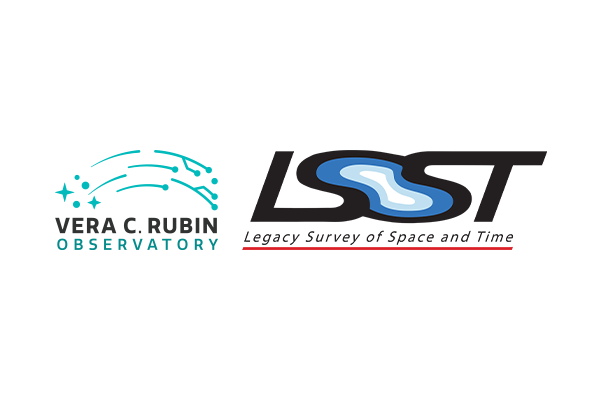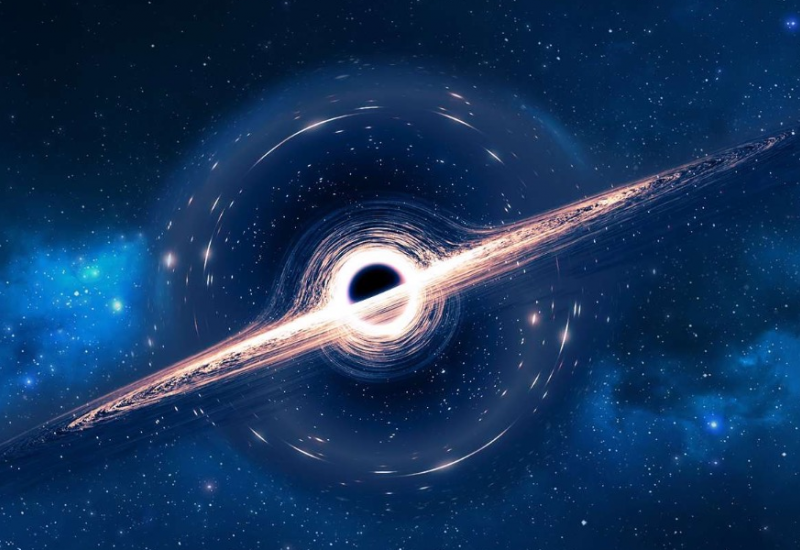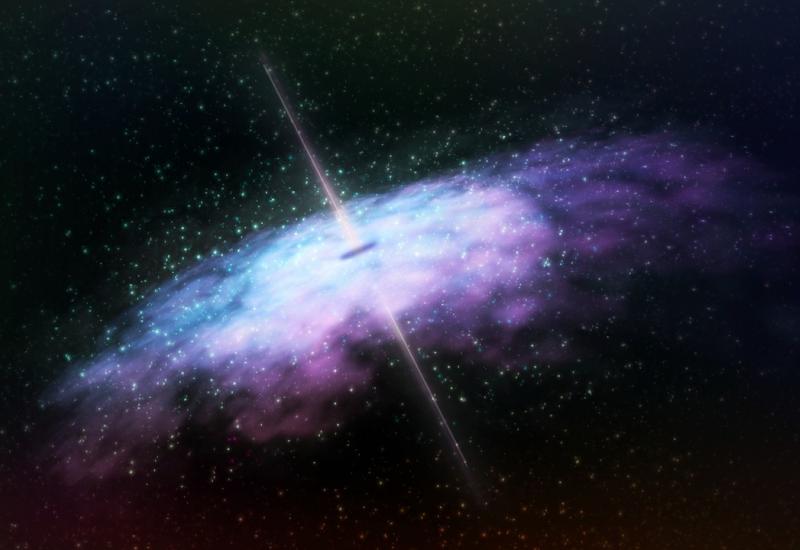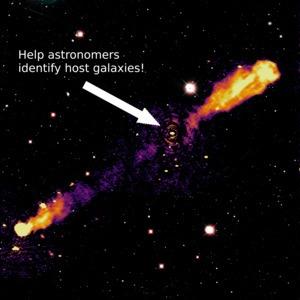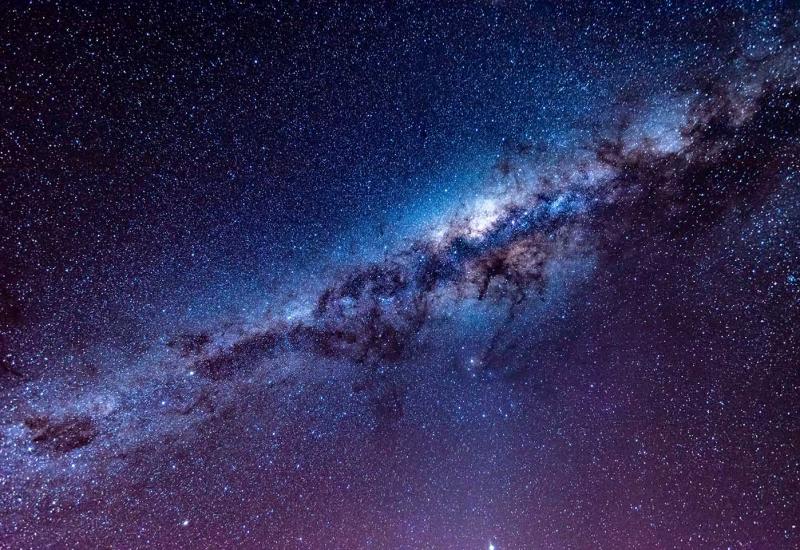
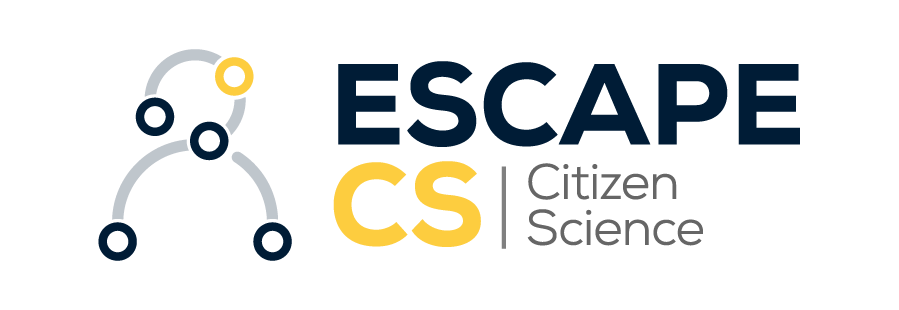
Join scientific experiments. Your activities will contribute to making disruptive scientific discoveries!

Join ambitious experiments
Join a wide range of fascinating experiments that will contribute to supporting scientists in identifying starfoming galaxies, finding regions where stars are being born and finding black holes.

Contribute to extraordinary scientific discoveries
Perform the requested activities to help scientists make the breakthrough scientific discoveries that are driving forward our understanding of the universe.

Take part in the Open Science revolution
We need you! Certain problems cannot be easily solved algorithmically. This is why scientific experiments need contributions from volunteers, just like you.
What is the ESCAPE Citizen Science (CS)?
The ESCAPE Citizen Science is an ambitious astronomy and astroparticle physics programme that allows the science-inclined public to take part in research projects to perform tasks that could not otherwise be solved algorithmically and that will contribute to making a wide varierty of fundamental scientific discoveries.
What can you do?
Through our Citizen Science program, you might be asked to do:
- Data mining.
- Assess real-time data classification quality.
- Perform machine learning training.
- Provide and/or update data classifications and perform other data mining.
Created by
How does it work?
Click on the experiments below and follow the instructions:
Learn more
Download our list of tutorials and guidelines to learn more about the ESCAPE Citizen Science (CS).
Download the documentation.
SuperWASP - Black Hole Hunters
SuperWASP is the Wide Angle Search for Planets. There are lots of hidden black holes in our galaxy, only a handful will be orbiting in a planet that means they pass in front of their companion star when viewed from the Earth using SuperWASP. The rarity of these perfectly aligned systems means is very rare. Make science history and help us find one!
LOFAR
An unprecedented view of what skies look like at radio wavelengths, with answer many questions on the evolution of galaxies and the supermassive black holes that they harbour. Sort through this fascinating, state of the art radio data and identify supermassive black holes and starforming galaxies!
Clump Scout
In the nearby Universe, most galaxies can be categorized as spirals, ellipticals, or irregular systems. However, in the more distant (and younger) Universe, galaxy shapes were more diverse and galaxies with "clumpy" structures dominate. Take a closer look at galaxies and identify "clumpy" galaxies in our own cosmic backyard.

